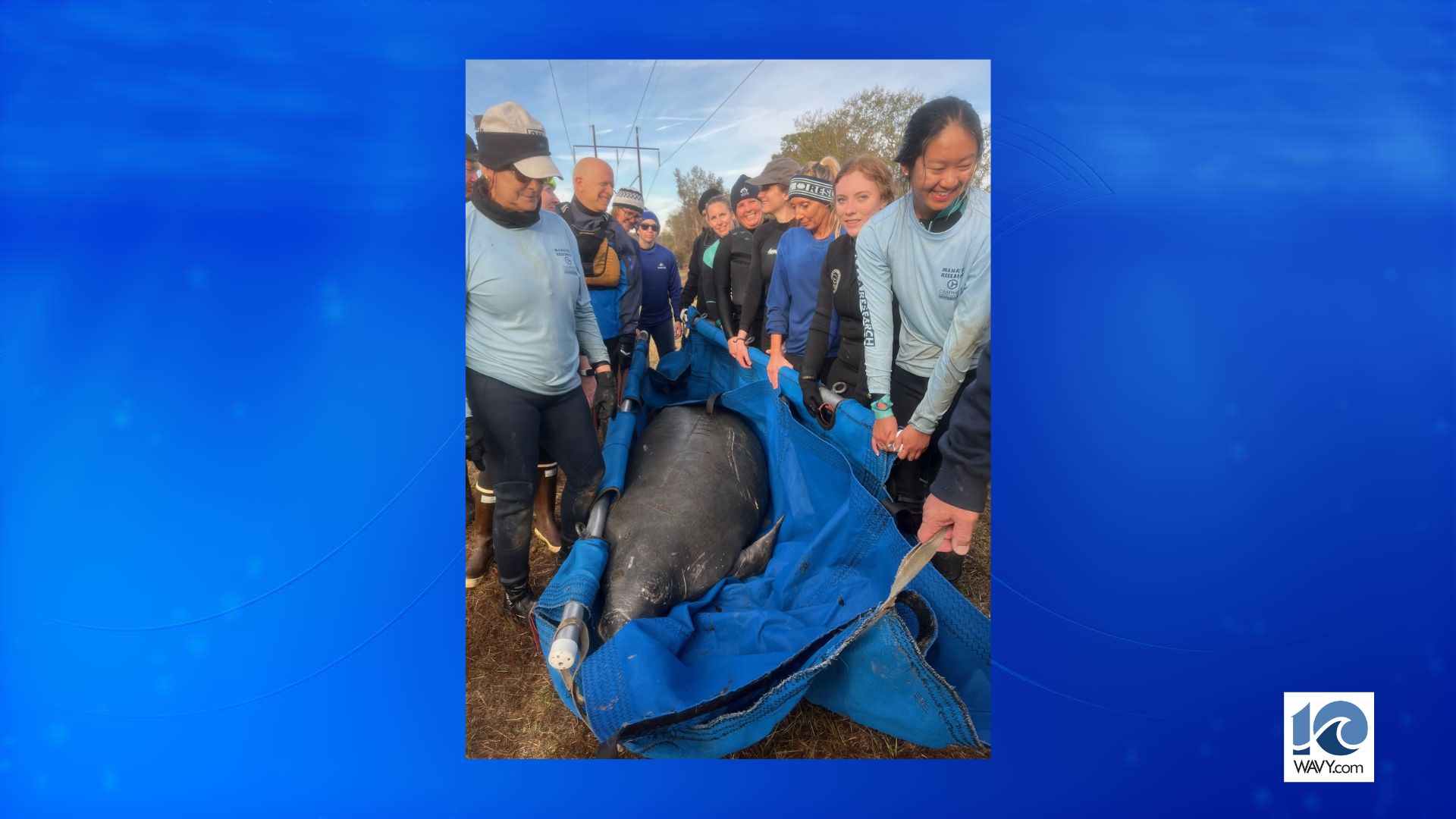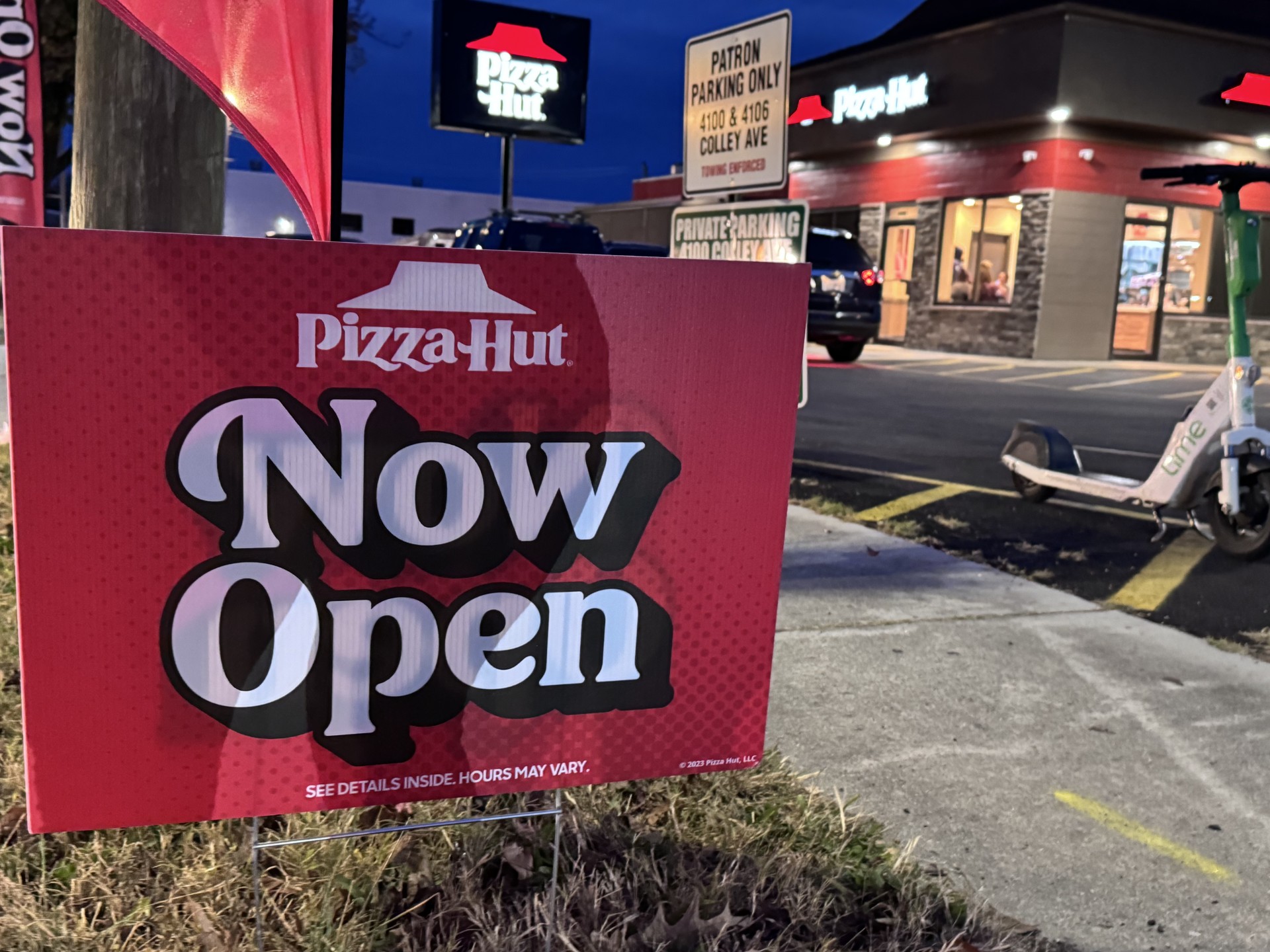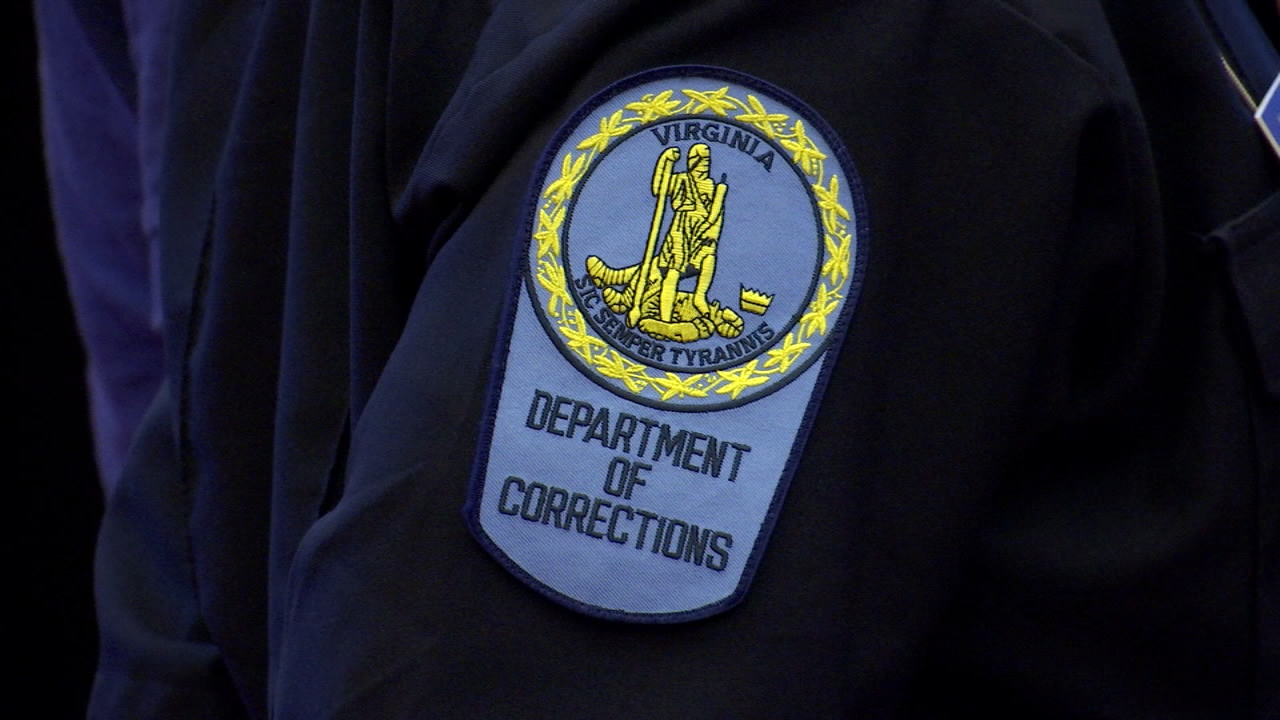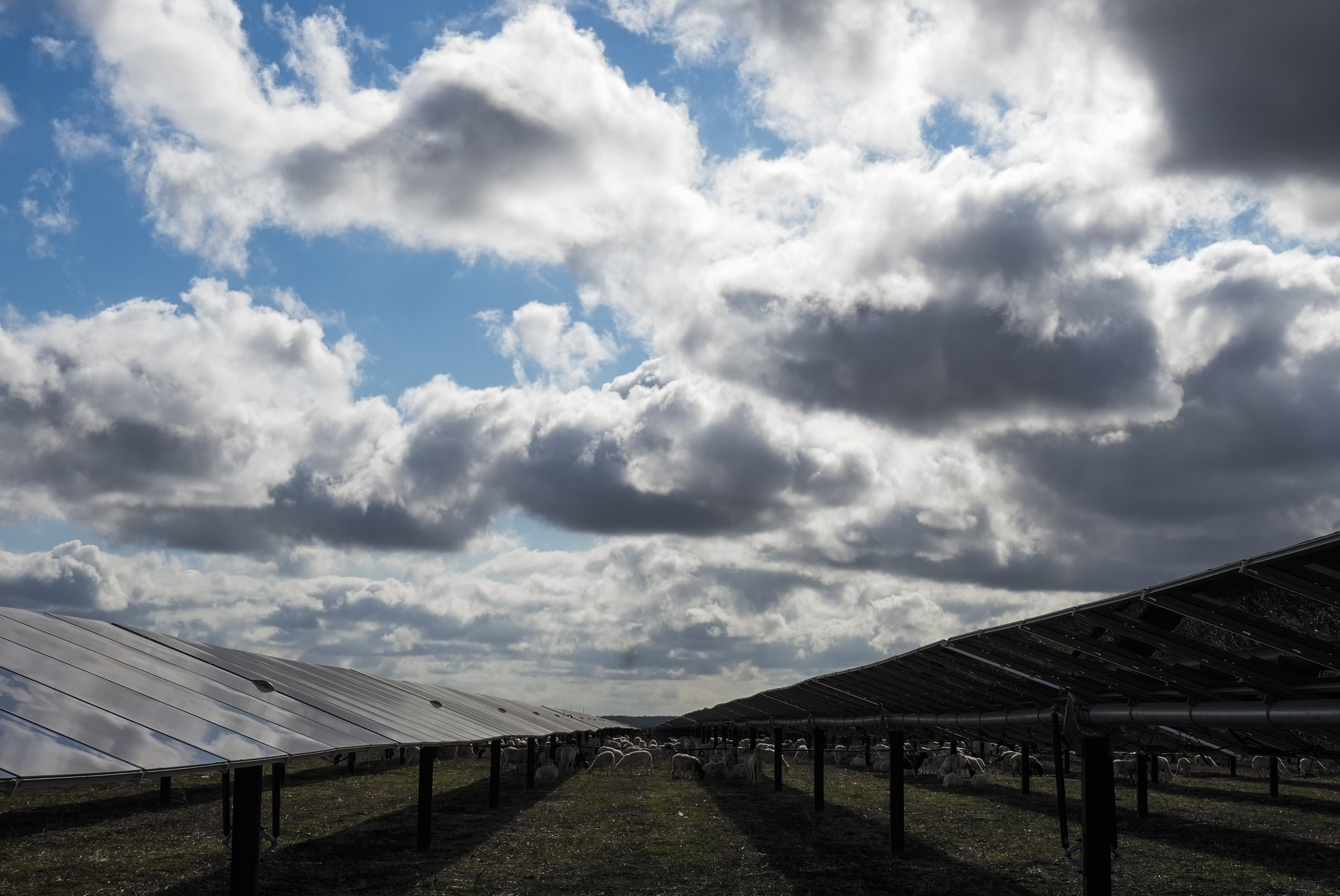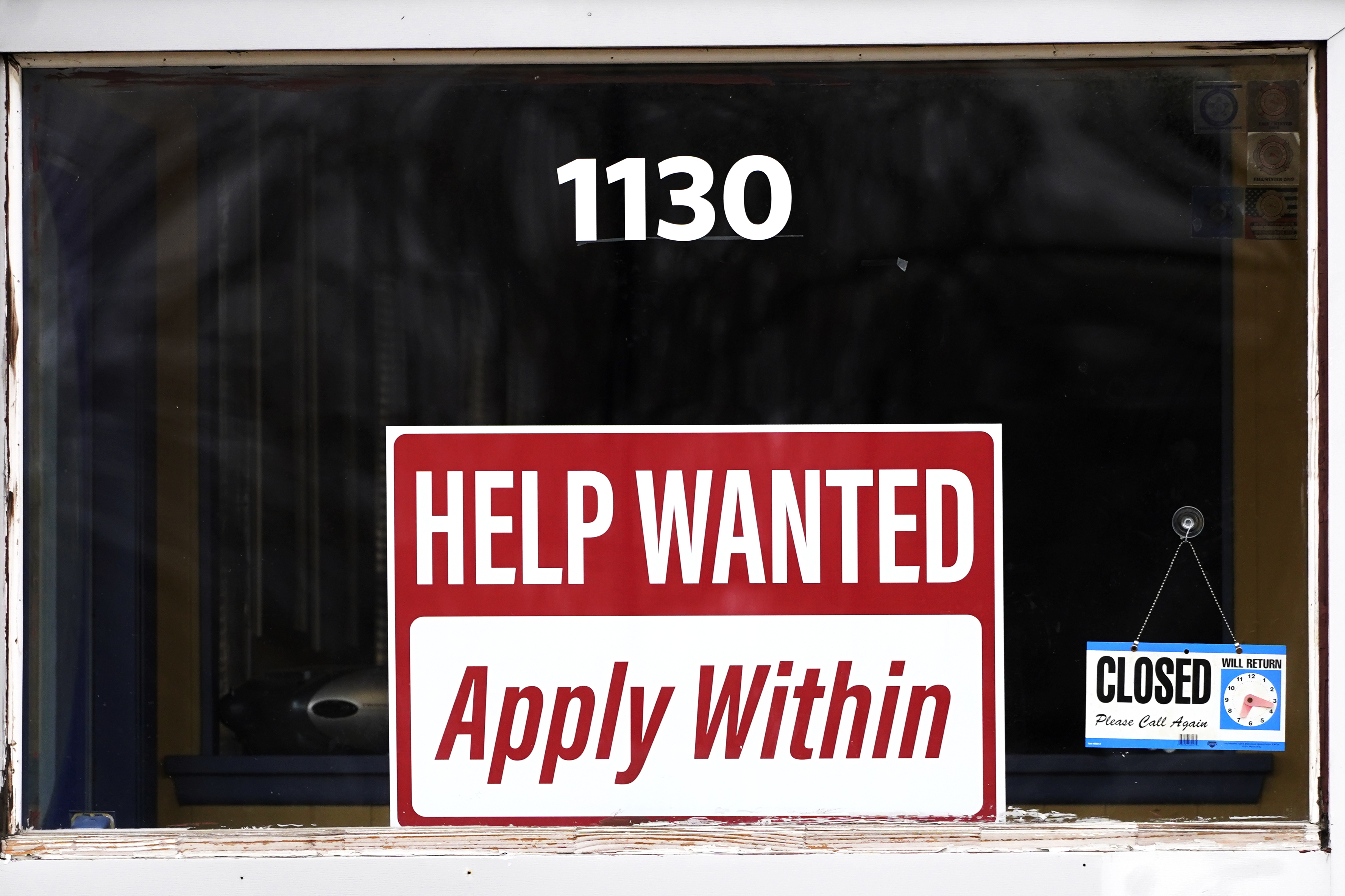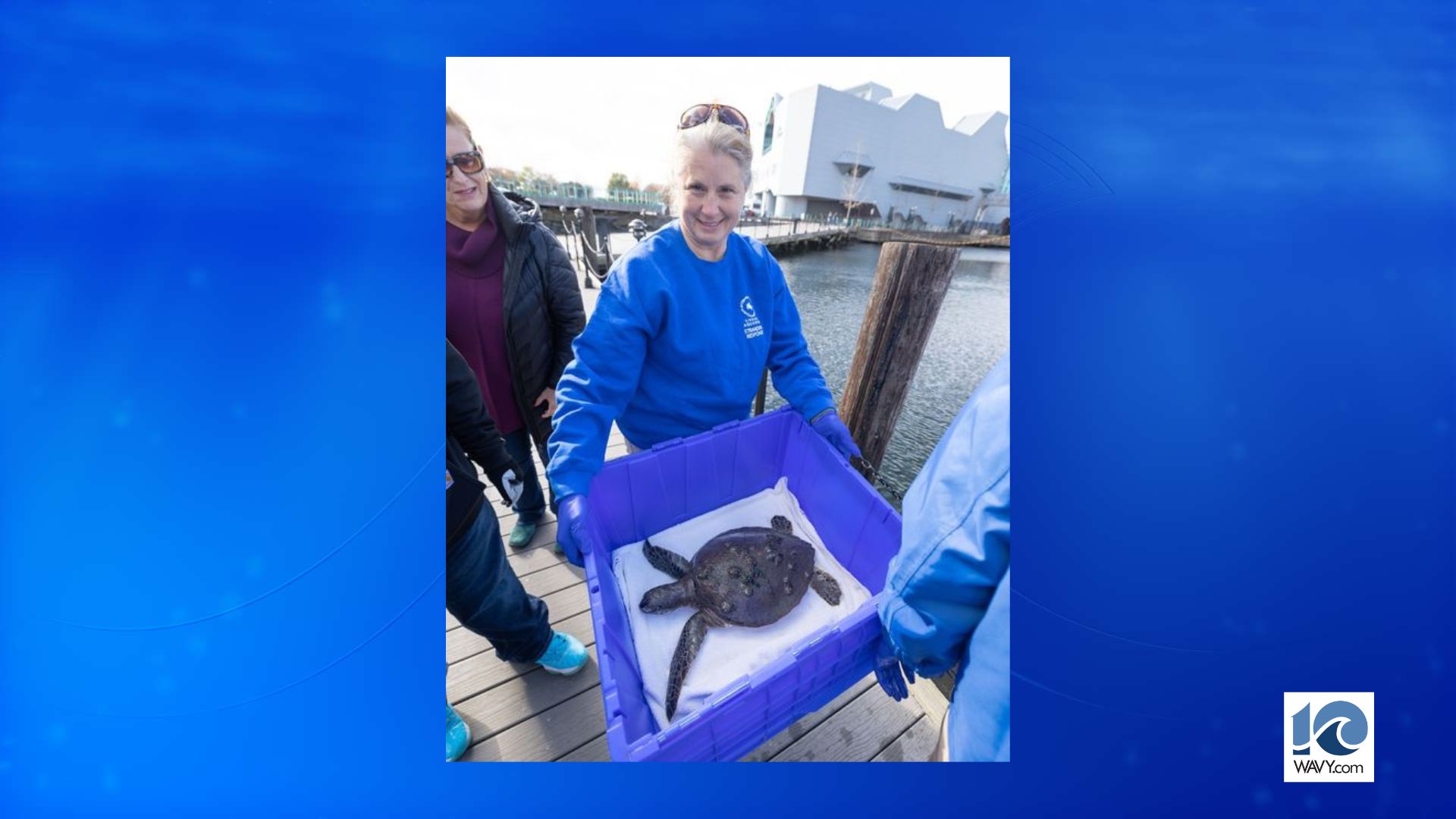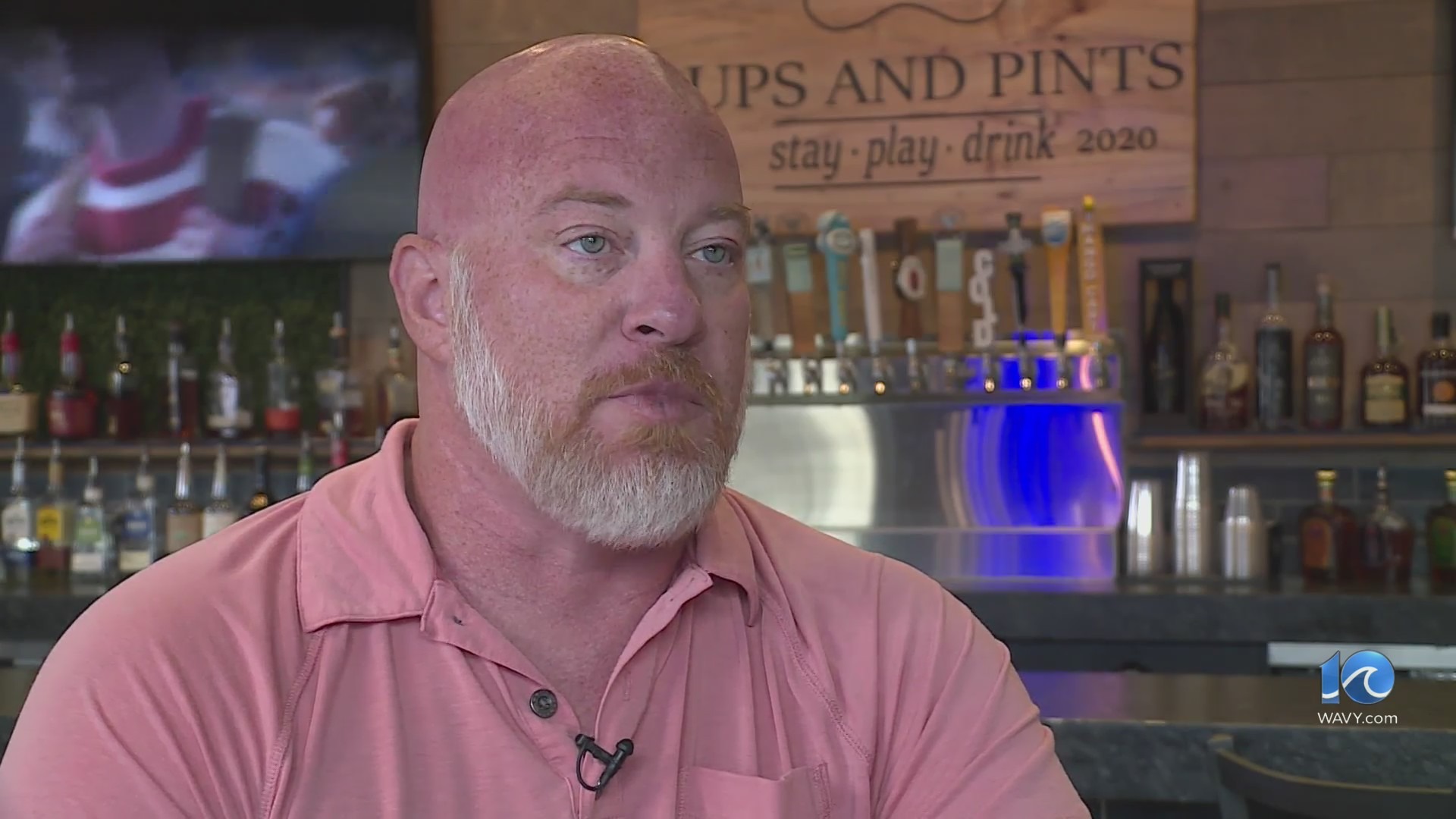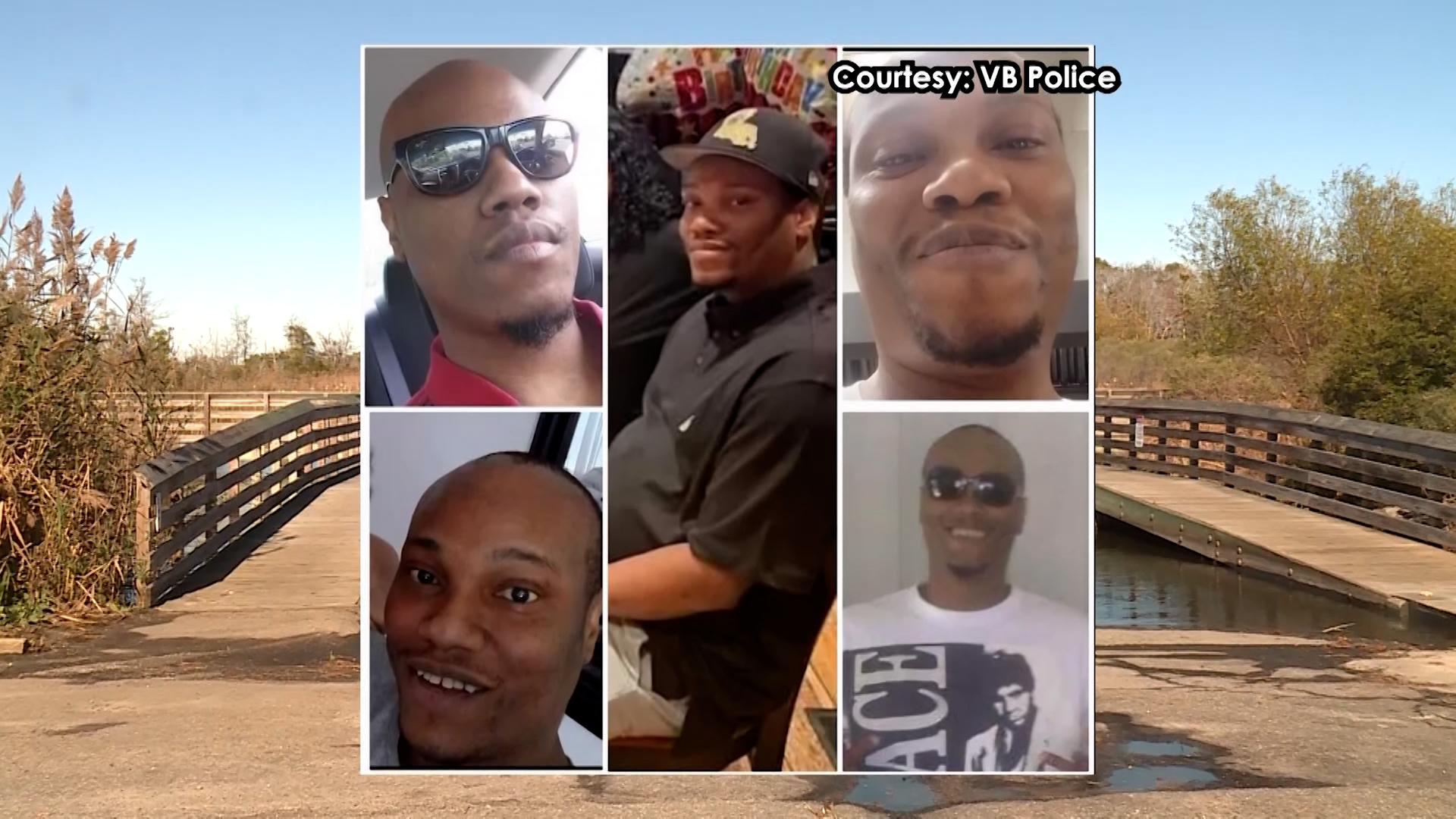WAYNESBORO, Va. (WRIC) — It’s the Wildlife Center of Virginia’s busiest, and cutest, time of the year — “baby season.”
Spokesperson Connor Gillespie said the team typically takes in between two to five injured animals a day. However, in the the spring time — or “baby season” — the center could admit more than 50 patients in one day.
“It can definitely put a strain on our resources and are availability of space here,” he said.
The team generally sees an influx of cottontail rabbits, opossums, squirrels, white-tailed deer fawns, and baby birds populating the state this time of year. Spring signals a time for new life and, therefore, a time for people to be extra cautious outdoors. The wildlife center told 8News that most animals brought in this time of year are injured directly or indirectly by human actions.
“Someone maybe removed the tree they were nesting in, disturbed their habitat,” Gillespie explained.
Protecting nature’s tiniest critters can also start by keeping pet cats indoors. Outdoor cats often catch baby squirrels or birds in their mouths, which can cause the newborns infections and make these patients difficult to treat.
“There are a lot that that don’t make it,” Gillespie said.
Every day people can help give these creatures their best shot at survival by being informed. If you find a potentially injured baby animal, never pick it up bare-handed. You should contact a wildlife expert immediately. Another important rule of thumb is that feeding a wild animal is generally a bad idea. Baby animals are usually best left in their parents’ care or with experts.
“We do our best to try and help all these animals recover and make it to adulthood so we can release them,” Gillespie said.
When in doubt, it’s typically best to call an expert. If you’re unsure whether an animal is too young to be alone and needs professional help, visit the wildlife center’s website for detailed information and visual aids.




